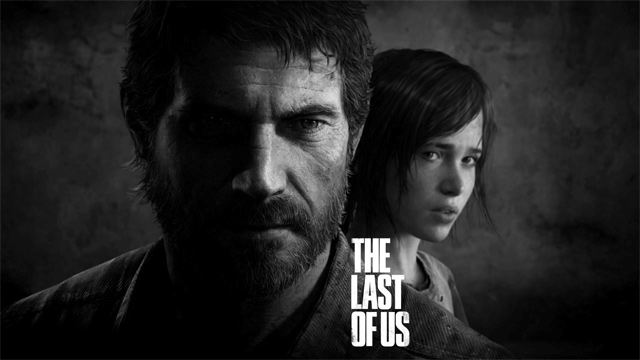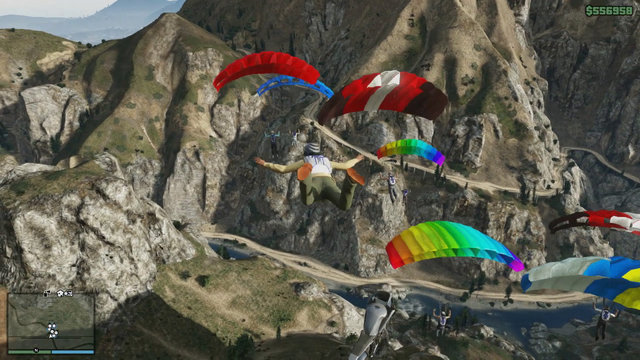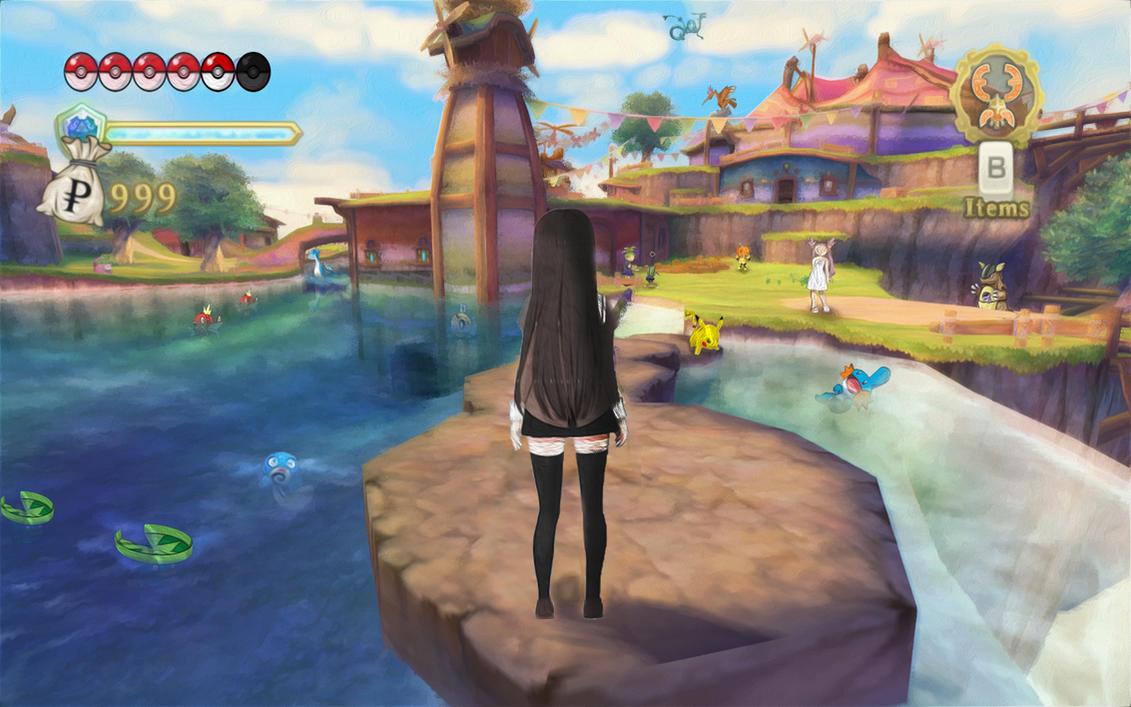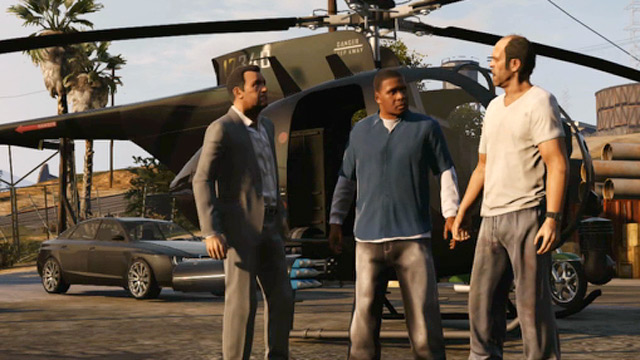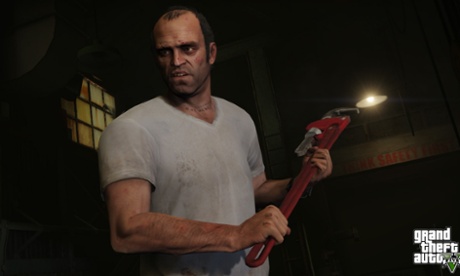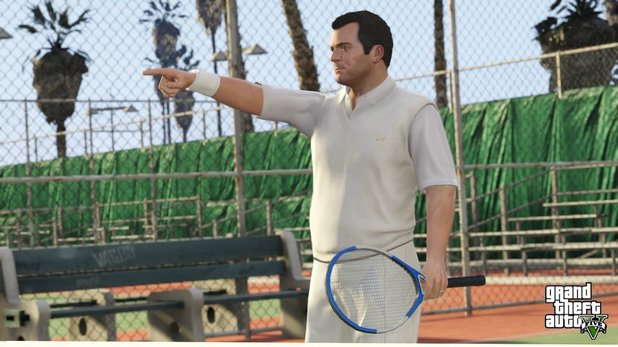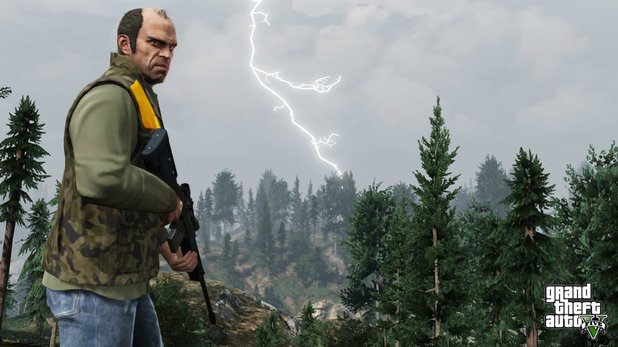Let’s take a looking at a week in gaming from 10/21/13 to 10/25/13. Below is a special feature discussing the strained potential of facilitating modern day classic titles.
Paid DLC for Pokemon X/Y? (10/23)

Yeah, um… no.
Nintendo and friends have been very faithful to the idea of selling software in complete, self contained packages, unlike countless current gen (Killzone: Mercenary eclipsing a 4 GB memory card) and a number of next gen titles we already know about. DLC hasn’t been common practice of the company either, with a few exceptions such as New Super Luigi U – later shipping as a full retail title. But when discussing DLC for the wildly popular Pokemon X/Y, series art director Ken Sugimori unwaveringly states, “I've always said no to the act of buying Pokemon with money."
Sugimori firmly explains the consistency throughout the Pokemon franchise as all allowing players to collect and manage Pokemon has adhered to a consistent formula throughout the 15 year duration of the franchise.
He adds that such a monetary decision would “ruin the worldview of Pokemon," explaining that having to do things such as charging 100 yen for a single Pokemon in a microtransaction format would put the developer in a position to make that yen spent worth spending. This is similar to the reasonings as to why developers such as Zenimax are willing to charge a monthly fee for The Elder Scrolls Online, avoiding the design balancing of free-to-play to justify the cost.
But this also goes against the entire appeal and philosophy Pokemon’s quintessential formula. Even after 7 years away from the franchise, Pokemon X/Y easily reminds me why the series is arguably the most powerful handheld franchise in gaming history. I spent a proud 1,000 hours (no, that wasn’t a typo) on Pokemon Crystal version. There’s a respectable time investment in building up your Pokedex and hunting down Pokemon throughout each region. There’s a sense of pride and embarrassment when you can identify a Pokemon just from the electronic chirps and memorizing when or what make Pokemon level up from hours upon hours of grinding to build up your ultimate collection. There’s also a very obtainable, but no less simple achievement of sucking the game world bone dry of all of its secrets from rare breeds, to rare items, to rare wild Pokemon.
Under this massive feat of catch-‘em-all lies a social aspect of trading Pokemon. The double releases of every iteration is built upon this very principle which brings players of different versions to trade Pokemon that don’t exist in their particular version, trade Pokemon for evolution, or even trade Pokemon while gifting a rare item.
Now imagine if those rare Pokemon, those evolutions, those special secrets can be bought for 100 yen or $1?
Source: Polygon
Thanks to: 4gamer
Ouya's Retail Strategy and Desperate PR (10/24)
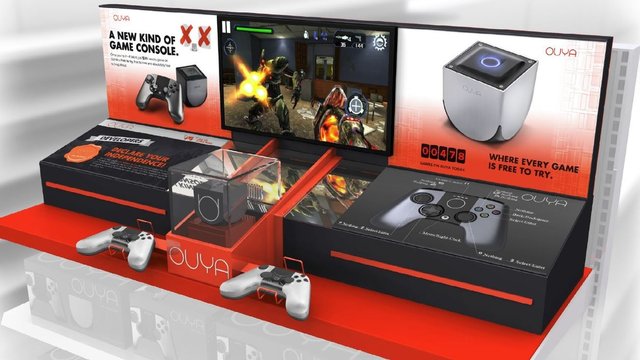
Since its launch, Ouya was sold at some of the locations of some of the major retailers in which consumers purchase video games. Now this month, Ouya will be selling at every single location of one of the major retailers, Target.
Target isn’t the first choice when it comes to video game retail. In fact, one can argue that the chain is the last option among the retailers that Ouya launched in, that being among GameStop, Best Buy and GAME. But regardless of the fact that Ouya hasn’t managed to get a deal with the likes of a retailer like GameStop, being at all 1,800 Target locations throughout the nation is a big push for the Ouya’s sales.
It also should be noted that this comes after Ouya has opened their availability further throughout Europe and Middle East. But especially when looking at videos and displays popping up within the next two months, and available kiosks coming in to Target locations early next year, it’s clear that Ouya is aggressive in getting the attention of as many consumers as possible.
But when discussing their new sales strategies and light justification for the system’s commercial performance with Polygon, Ouya founder Julie Uhrman begins to sound less convincing.
On one hand, Uhrman claims that the decision to ship to all target locations was based off of consumer demand; but on the other, Uhrman hesitates to reveal sales numbers at this time. It’s hard to see where the consumer demand is coming from when you neglect to reveal sales numbers and when you’re working with selling to a second tier games retailer. Not to mention that the gaming community hasn't responded well to Ouya, unknown sales aside.
Throughout the interview, her comments become increasingly more desperate.
Uhrman attempts to justify the success of Ouya from a company of 35 to a successful Kickstarter and production in nine months with 500 games and 25,000 developers (those numbers seem a bit off to me) backing the system after four months. The success story is all good to hear, but a system that has received poor critical response with a safely assumingly low consumer demand, as a product, it has not done very well.
But the most painfully digestible statements are as follows:
“…we haven't had a software outage. We haven't had a major bug that made the system unplayable. We haven't had it accidentally release credit card information.”
Uhrman very clearly references the Xbox 360 and the Playstation 3 with the PS3 outage and the Red Ring of Death. It’s a feeble comparison to systems that are vastly more successful than the Ouya, part of the statement in which even claws at the PS3’s network failure which took place several years into the console’s life cycle.
The Ouya may be doing the best it can in getting in the hands of new consumers, and her statements makes these efforts sound understandably desperate, however what Ouya truly needs besides kick ass marketing is an abundance of software to legitimize the system to be more than an Android box hooked up to your television.
Source/ Image Source: Polygon
Will COD Ghosts' Squads Mode gain traction? (10/25)

Ghosts’ will bring many new additions to multiplayer from mechanical maneuverability, to new soldier customization options, to dynamic maps. New game modes are in abundance as well, but the new Squads mode appears to be the most robust.
Squads is broken down into 4 different game types: Wargame, Safeguard, Squad v Squad, and Squad Assault. Wargame can be used as a platform to test player’s skill against Ghosts’ newly advance AI which is said to be more aggressive while utilizing human player tactics. A team of human or AI filled players -- if need be -- will face off against a team of AI soldiers in standard multiplayer match types.
There’s little difference between Wargame and Squad Assault, which will pin you against an AI team with the exception that the AI team is another players cherry picked squad on a hand selected map of their choice to “defend”. In this asynchronous relationship, the player whose squad you’ll be battling against will gain experience while away from the game.
Squad v Squad allows players to be the most intimate with their squads where only one human player will be on each team rolling with their entire squad. All modes involving squads gives players an RPG sensibility even more so than the staple Call of Duty formula. It allows players to customize AI soldiers of different classes and playstyles and see the results directly in the battlefield.
What’s left is Safeguard which really has nothing to do with squads at all. The similarities only lie with battling – only – against AI in a survivor mode match type.
Unfortunately, when it comes down to my Squad Mode preference, I’ll strangely stick with the least Squad influence mode in Ghosts, Safeguard. Instead of explaining my reasoning behind my preference to Safeguard, I’ll discuss why I’m not interested in either Squad v Squad or Squad Assault, the two most squady modes of Squad Mode.
Call of Duty Black Ops 2 had formulated one of the most innovative game modes in the series in years with Strike Force, the quazi RTS that failed its potential and seemed to have been sent to die – unless a hopeful and more refined iteration comes up in Treyarch’s next Call of Duty game.
In Squad Assault, the prospect of customizing your squad and assigning them to maps is interesting, but I feel as if there’ll be a detachment from your units having no control over them. I wish Infinity Ward adopted Treyarch’s Strike Force formula and fulfilled it’s true potential in multiplayer by having a player command their squad against a team of human players in real time.
Infinity Ward’s Mark Ruben outlines a layer of strategy in Squad Assault when assigning a particular team to a map. But no matter how the AI replicates human tactics, I can’t imagine that NPCs can take full advantage of each map’s level design in ways that humans can.
This leaves Squad v Squad; while it seems to have players interact with their squads the most, I can’t help but think of getting a lonely feeling only facing once human player. Sure, there’s no other way to incorporate more players in a match while bringing in full squads, but perhaps a tournament format allowing spectators to watch will make Squad v Squad less baron.
Outside of Safeguard, Squads Mode looks to be more like an elaborate demonstration of Infinity Ward’s new AI system as well as an interesting practice battleground for players rather than a primary destination for multiplayer. Perhaps I’m wrong. But we won’t know until Call of Duty: Ghosts release in just over a week.
A Week in Gaming Special Feature:
Part of Gaming's Evergreen Problem
Originally reported on: October 21st 2013
Last week, IGN’s Mitch Dyer wrote a piece discussing how gaming’s inherent nature as a medium render’s its products impermanent. Books such as the 150+ year old book A Tale of Two Cities and classic films such as Citizen Cane have a particular relevance – even in casual discussion today – decades up to over a century later. Video games, particularly games today, hardly have the staying power of a few years. This is an inherent problem caused by both prioritized technological advancement and capitalistic cost efficiency.
Polygon’s Editor-in-Chief Chris Grant has beef with Microsoft and Sony when comparing PC to console gaming. He brings up an argument that can hardly be defeated by console gamers in that PC dwarfs any console library by thousands of titles. He points to his shelf with PC classics such as Gabriel Knight, Star Craft, Fallout 2 , Under A Killing Moon, and System Shock – all games released between 1993 and 1998 – and discusses how they will still work on his high specs PC that could stand toe to toe with current and eventually next gen hardware, however Xbox One and the PS4 gleefully set aside backwards compatibility with only the nebulous promise of cloud software.
How many games can we access from the mid 90’s without unearthing dusty antique consoles or booting up emulators without relying on remakes and re-releases? Nintendo’s consoles may have come and gone with a weakened fizz, but their effort in giving today’s gamers the opportunity to experience its historical classics is a lot more than what Sony and Microsoft can say.
The question, “Which of today’s games will be remembered as classics years from now?” gets thrown around a lot. And as effortlessly uncreative the question may be, it’s a very difficult question to answer. Many gamers scoff at classic games from the 90’s as products of nostalgia, gems of our childhood, and mementos of happier times; but the philosophy and intention behind past generation games weren’t as monetized focused as today’s games are, allowing them to deliver everlasting creative experiences instead of multi-million dollar flashes in the pan.
We’ve been within the midst of an age where high profile titles represent an insignificant zeitgeist. Many gamers remember Call of Duty 4: Modern Warfare fondly, but the 5 games after that are just a blur (even as a Call of Duty fan myself, I can’t deny that). The difference between the games of today and the games of yester-year is the propensity to make the most technologically advanced and financially safe games rather than the intellectually and creatively complex. This sort of disease has metastasized over the course of the short generations of games. Think of the significance of Resident Evil on the PS1 and the direction that franchise is being taken in after Resident Evil 6.
Tucked away in the corner is Battefield 3 a franchise now set to chase after Call of Duty over creating the best land, air and sea military combat shooter on the market.
Oddworld’s CEO Lorne Lanning’s Britney Spears and Pink Floyd comparison profoundly highlights the juxtaposition between games directed by publishers and games directed by creators. The most bombastic, visceral, gory, and explosive “Britney Spearsy” games deliver on the idea “immediacy”, a term that is the opposite of evergreen. Some of the most thought provoking and evocative “Pink Floydy” games comes from small studios with a small budget.
This leads into where we may see some staying power. Some of the most memorable experiences I’ve had this generation have moved away from the Call of Dutys and the Uncharteds to games like Sound Shapes, Journey, and Brothers: A Tale of Two Sons. These games generate a sense of warmth, glee, and awe unlike any of the best selling franchises this generation. But all is not lost for games moving mountains of cash. Ask anyone of a game that defines this generation, and you’ll likely hear Bioshock, a game that put its money where its mind was. Ask me which game defines this generation, and you’ll quickly get me to say The Last of Us, easily one of the most cohesive games of this generation.
The focus of the industry’s present mindset bleeds the potential to facilitate and generate classic games. As we move further and further into the future of gaming, hardware manufacturers turn away from the past to look into the present and future, which leaves Nintendo's virtual console and hopes that we get services from other platforms in the next year. We’re also witnessing publishers playing it incredibly safe and looking for immediate return over evergreen quality. But here’s hoping that the emergent of more games like The Last of Us and Journey create more staying power for the future.











